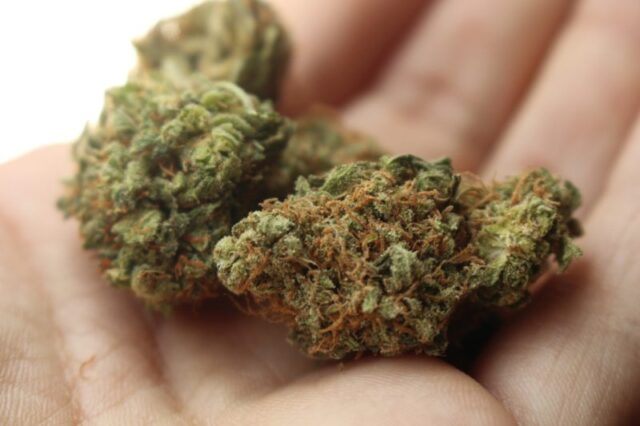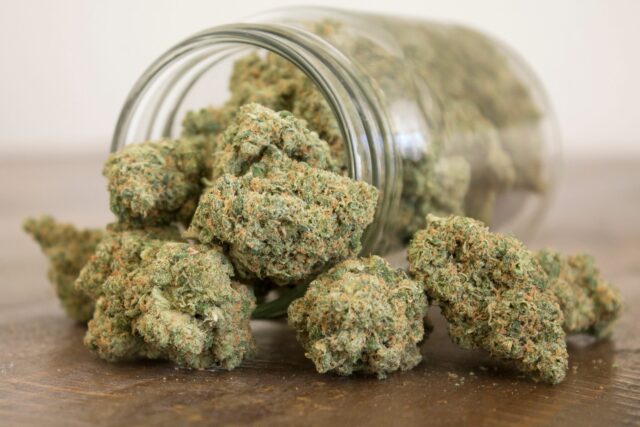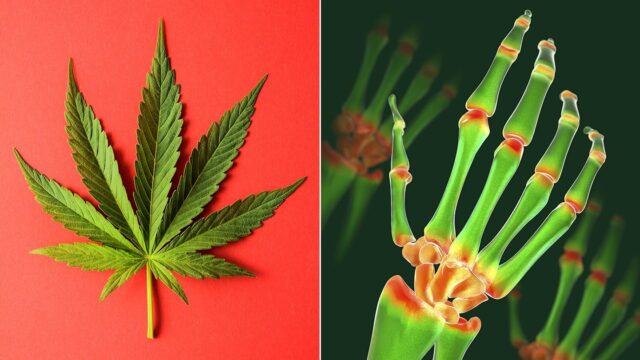
Over the past few years, medical marijuana has gained significant attention for its potential therapeutic benefits. As more countries and states legalize its use, patients and healthcare professionals alike are keen on understanding the various types of medical marijuana strains and their potential applications. This blog post aims to provide an in-depth overview of the different strains of medical marijuana, their characteristics, methods of consumption, and the conditions they are commonly used to treat.
Talking to Your Doctor About Medical Marijuana
Discussing medical marijuana with your doctor at med card today can be intimidating, but open communication is crucial for determining if it’s the right treatment for you. Prepare for the conversation by researching the potential benefits and risks of medical marijuana, as well as understanding the legal landscape in your area. Be honest about your symptoms and concerns, and be prepared to discuss alternative treatment options if your doctor is hesitant to recommend medical marijuana.
Understanding the Cannabis Plant: Sativa, Indica, and Hybrid

The cannabis plant is classified into two primary species: Cannabis sativa and Cannabis indica. Each species has its unique characteristics, and hybrid strains are a result of crossbreeding between these two species. While the distinctions between the species can be subtle, understanding their differences is essential for selecting the appropriate marijuana strain.
Major Cannabinoids: THC, CBD, and Their Role in Medicine
Cannabinoids are the active compounds found in the cannabis plant that are responsible for its therapeutic effects. The two most well-known cannabinoids are delta-9-tetrahydrocannabinol (THC) and cannabidiol (CBD). THC is the psychoactive compound responsible for the “high” associated with marijuana use, while CBD is non-psychoactive and has been researched for its potential health benefits. The ratio of THC to CBD in a marijuana strain can significantly impact its effects and suitability for treating specific conditions.
Sativa Strains: Characteristics and Medical Applications
Sativa strains are known for their uplifting and energizing effects, making them suitable for daytime use. These strains are typically characterized by a higher THC content and lower CBD levels. Sativa plants have long, thin leaves and grow taller than their indica counterparts.
Medical applications for sativa strains include:
- Depression: Sativa strains can help elevate mood and alleviate depressive symptoms.
- Fatigue: The energizing effects of sativa strains can help combat fatigue and improve focus.
- Chronic pain: Sativa strains may provide relief for some types of pain, such as neuropathic pain.
- Appetite stimulation: Sativa strains can stimulate appetite, which can be helpful for patients undergoing chemotherapy or those with eating disorders.
Indica Strains: Traits and Therapeutic Uses

Indica strains are known for their relaxing and sedative effects, making them more suitable for evening or nighttime use. These strains typically have higher CBD levels and lower THC content. Indica plants have broad leaves and are shorter and bushier than sativa plants.
Therapeutic uses for indica strains include:
- Insomnia: The sedative effects of indica strains can help promote sleep and treat insomnia.
- Anxiety: Indica strains can help reduce anxiety and promote relaxation.
- Muscle spasms: Indica strains may provide relief from muscle spasms and tension.
- Nausea and vomiting: Indica strains can help alleviate nausea and vomiting, often associated with chemotherapy or other treatments.
Hybrid Strains: Combining the Best of Both Worlds
Hybrid strains are created by crossbreeding sativa and indica plants to produce strains with a balance of both species’ characteristics. These strains can offer a blend of therapeutic effects, making them suitable for treating a wide range of health conditions. Hybrids can be either Sativa-dominant, Indica-dominant, or evenly balanced, depending on the specific plants used for crossbreeding.
High-CBD Strains: Non-Psychoactive Options for Medical Treatment
High-CBD strains are cultivated to contain a higher CBD content and minimal THC levels. These strains provide therapeutic benefits without the psychoactive effects associated with THC. High-CBD strains are particularly useful for treating conditions such as epilepsy, inflammation, and anxiety, as well as for patients who want to avoid the psychoactive effects of THC.
Methods of Consumption: Ingestion, Inhalation, Topical, and Sublingual

There are several ways to consume medical marijuana, each with its unique advantages and drawbacks. Some common methods include:
- Ingestion: Edibles, capsules, and tinctures can be ingested orally. This method offers long-lasting effects but may take longer to onset.
- Inhalation: Smoking or vaporizing marijuana allows for quick absorption into the bloodstream, providing immediate effects. However, this method can be harsh on the lungs and may not be suitable for patients with respiratory conditions.
- Topical: Creams, balms, and lotions can be applied directly to the skin for localized relief. This method is ideal for treating skin conditions or localized pain but does not provide the same systemic effects as other methods.
- Sublingual: Tinctures or oils can be placed under the tongue for rapid absorption into the bloodstream. This method offers a faster onset than ingestion but may not be as long-lasting.
Personalizing Your Experience: Finding the Right Strain
Finding the right medical marijuana strain for your needs may involve some trial and error. Factors to consider include the desired effects, the medical condition being treated, and individual preferences. It is essential to consult with a healthcare professional or a knowledgeable dispensary staff member to help guide your selection process.
Medical Conditions Commonly Treated with Marijuana

Medical marijuana has been used to treat a wide range of conditions, including:
- Chronic pain
- Multiple sclerosis
- Epilepsy
- Inflammatory bowel diseases (Crohn’s disease, ulcerative colitis)
- Glaucoma
- HIV/AIDS-related symptoms
- Cancer-related symptoms (nausea, vomiting, pain, appetite loss)
- Parkinson’s disease
- Post-traumatic stress disorder (PTSD)
- Anxiety
- Depression
Potential Side Effects
While medical marijuana has numerous therapeutic benefits, there are also potential side effects and risks associated with its use. Some common side effects include dizziness, dry mouth, increased heart rate, and impaired short-term memory. Long-term use may result in dependency or an increased risk of psychiatric disorders, particularly in individuals with a predisposition to mental health issues. It is crucial to discuss these risks with a healthcare professional before using medical marijuana.
Navigating the Legal Landscape of Medical Marijuana
The legality of medical marijuana varies widely by country and even by state or province within a country. It is essential to familiarize yourself with the laws and regulations in your area before seeking medical marijuana treatment. This may include obtaining a medical marijuana card, understanding possession limits, and knowing the legal restrictions on where marijuana can be consumed.
Ongoing Studies and Future Developments

Research on medical marijuana is ongoing, with new discoveries and developments emerging regularly. Future research may uncover additional cannabinoids with therapeutic potential, refine the understanding of the endocannabinoid system, and develop more targeted and effective treatments for various medical conditions. As our knowledge of medical marijuana expands, so too does the potential for improved patient care and treatment options.
Conclusion
Medical marijuana has become increasingly popular over the last few years, due to its many potential health benefits. Exploring and understanding the various types of medical cannabis strains can help you make an informed decision when it comes to finding the right strain for your own needs. With so many options available, you will be sure to find one that works best for you!









